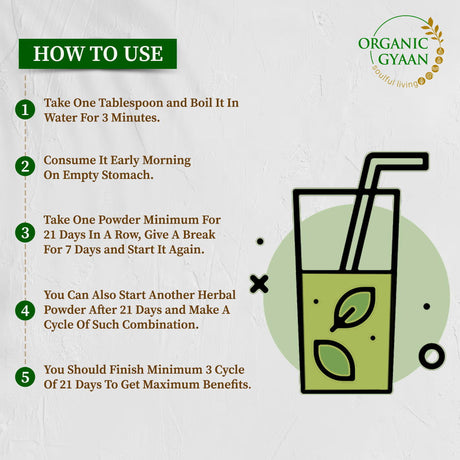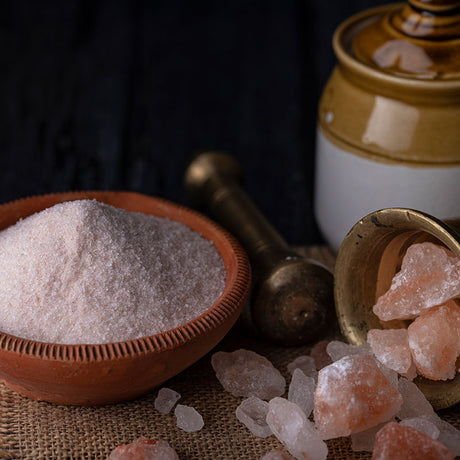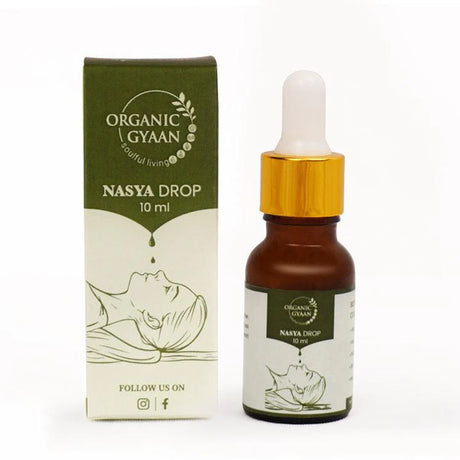Living with diabetes means making mindful food choices every day—especially when it comes to carbohydrates. Breakfast, in particular, can be a bit tricky. So many traditional options are filled with sugar and processed carbs, which spike blood sugar quickly. But what if there’s a warm, wholesome breakfast that can actually support blood sugar balance?
Oats are a traditional favorite, known for their fiber, comfort, and simplicity. But the big question is: Is oatmeal good for diabetics? The answer is yes—with the right approach. In this blog, we’ll explore why oatmeal for diabetics can be a powerful part of a diabetes-friendly diet, along with tips to enjoy it the right way.
What is Oatmeal?
Oatmeal is made from oats—a whole grain packed with fiber, plant-based protein, and essential nutrients. Depending on how processed they are, oats come in different forms:
- Steel-cut oats: Least processed and most fibrous. They take longer to cook but have a lower glycemic index (GI).
- Rolled oats: Flattened and steamed, they cook faster and are still a good option.
- Instant oats: Highly processed for quick cooking, but often come with added sugar and salt—less ideal for diabetes.
Each type of oat has its place, but for blood sugar management, less processed is usually better.
Is Oatmeal Good for Diabetics? Yes—Here’s Why
Oatmeal offers several health benefits that are especially valuable for people managing diabetes. Let’s take a closer look at what makes oats a strong ally in your blood sugar journey.
1. Helps Keep Blood Sugar Steady
Oatmeal is high in soluble fiber, particularly beta-glucan, which slows digestion and sugar absorption. This means sugar enters your bloodstream more gradually, preventing sudden blood sugar spikes.
Steady glucose levels also help avoid energy crashes and sugar cravings later in the day. This slow-release effect makes oatmeal an ideal breakfast option. It’s especially helpful for managing both blood sugar and appetite. Is oatmeal good for diabetics looking for sustained energy? Yes, when made with care.
2. Supports Heart Health
Heart health and diabetes go hand in hand—people with diabetes are more prone to cardiovascular issues. The same soluble fiber in oats that helps with blood sugar also helps reduce LDL (bad) cholesterol levels.
Lowering LDL cholesterol supports better artery health and reduces the risk of heart disease. Plus, oats contain antioxidants and anti-inflammatory properties. Including oatmeal for diabetics regularly can support overall heart wellness in a gentle, food-first way.
3. Helps You Feel Full Longer
Oats digest slowly, meaning they help you stay full for longer after meals. This can prevent overeating or snacking between meals—especially on sugary foods.
The feeling of fullness also helps with weight control, which plays a vital role in managing diabetes. A satisfying bowl of oatmeal in the morning can keep you going strong until lunchtime. This satiety is key when trying to maintain balanced eating habits throughout the day.
4. Provides Long-Lasting Energy
Unlike refined carbs that offer quick energy followed by a crash, oats are complex carbohydrates. They break down slowly, offering a steady supply of energy over several hours. This keeps your energy levels balanced and your mind focused.
No mid-morning energy dips, no reaching for snacks to refuel. It’s one of the reasons oats make such a great start to the day, especially for people who need stable blood sugar and consistent energy.
5. Supports Healthy Digestion
Oatmeal is naturally rich in both soluble and insoluble fiber, which helps promote regular bowel movements. A healthy digestive system is essential for nutrient absorption and overall well-being.
For those with diabetes, gut health also plays a role in how well the body manages blood sugar and inflammation. Oats are also gentle on the stomach and rarely cause bloating. In fact, they can soothe the digestive system and support gut health over time.
Drawbacks to Watch Out For
While oatmeal is a nutritious choice, it’s important to be aware of potential downsides—especially if it’s not prepared thoughtfully.
1. It Still Contains Carbs
Yes, oatmeal contains complex carbs, but they are still carbohydrates. One cup of cooked oats has about 30 grams of carbs. That’s manageable, but it’s important to stick to proper portions to avoid raising blood sugar too much.
2. Instant Oats Can Raise Blood Sugar Faster
Highly processed oats—like instant oatmeal—digest faster, which can cause a quicker spike in blood sugar. They also often come with added sugar, salt, and preservatives. It’s best to choose steel-cut or rolled oats, which have a lower glycemic index. This is essential when considering oatmeal for diabetics.
3. Toppings Can Be Sneaky
A plain bowl of oats is great. But when you start adding brown sugar, honey, syrup, cream, or dried fruits, the carb and calorie count can climb fast. These add-ins can completely cancel out the health benefits. Stick to natural toppings like cinnamon, nuts, seeds, and berries.
4. Not for Everyone
People with gastroparesis, a condition where digestion is delayed, may find high-fiber foods like oats uncomfortable. If you have this condition, speak with a healthcare provider before making oats a regular part of your diet.
How to Prepare Oatmeal the Smart Way
Oatmeal is only as healthy as the way it’s prepared. Here’s how to make it work for your blood sugar:
1. Choose the Right Oats
Go for steel-cut oats or rolled oats. They take a bit longer to cook but offer the best blood sugar support. Avoid flavored instant oatmeal packets. For those asking is oatmeal good for diabetics, the choice of oats plays a big role.
2. Watch Portions
Stick to about ½ cup dry oats, which makes roughly 1 cup cooked. That gives you a healthy serving of carbs without going overboard.
3. Add Protein and Healthy Fats
Mix in:
- A spoon of nut butter
- A handful of chopped nuts or seeds
- A side of Greek yogurt scoop
These additions help slow digestion and keep blood sugar stable.
4. Flavor Naturally
Skip sugar and instead try:
- Cinnamon – naturally sweet and may help blood sugar
- Fresh berries – low in sugar and full of antioxidants
- Nut milk or water – for creaminess without the calories
5. Avoid These Common Mistakes
- Pre-flavored or instant oatmeal packets
- Excess sweeteners like sugar, honey, or syrup
- Large amounts of dried fruit
- Full-fat dairy or cream
Other Health Benefits of Oatmeal
Oatmeal doesn’t just support blood sugar—it also helps with:
- Lowering cholesterol
- Supporting healthy weight management
- Improving skin health due to its anti-inflammatory properties
- Possibly reducing colon cancer risk due to high fiber content
It’s a simple, wholesome food that contributes to overall health in a variety of ways.
Final Thoughts: So, Is Oatmeal Good for Diabetics?
Yes—when prepared correctly, oatmeal is a fantastic food for diabetes management. It helps regulate blood sugar, supports heart health, and keeps you full and energized throughout the day.
Just remember:
- Choose the right type of oats
- Keep your portions balanced
- Avoid high-sugar toppings
- Add protein and healthy fats for extra support
With a little care in preparation, is oatmeal good for diabetics looking to improve their diet? Without a doubt. Oatmeal for diabetics can be a powerful, comforting, and nutritious start to the day.





















